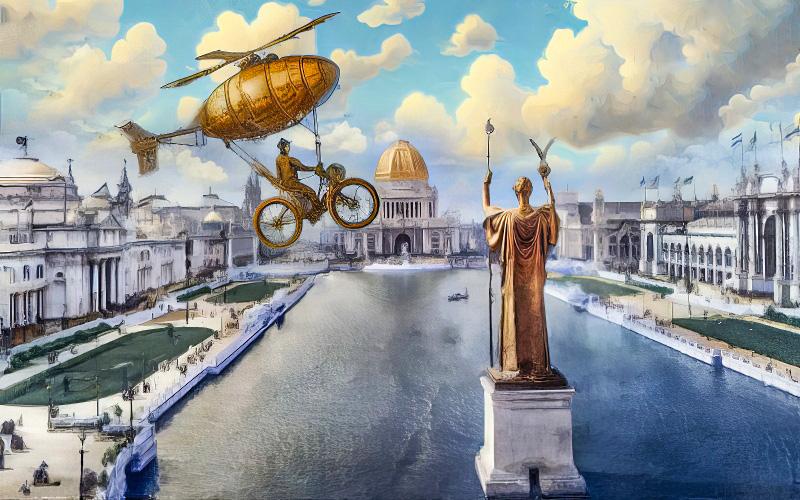
Fair of the Future—Chicago’s International Exposition, A.D. 2000:
First Prize
“Chicago’s World’s Fair, A.D. 2000” by Percival Owen
Continued from:
The exposition was held on Lake Michigan. It was at first proposed to stand Lake Michigan on end, as was done with Lake Cayuga at the Ithaca fair of 1992.[1] The sail to Mackinaw would then have been a feature, as Hudson’s Bay and the Rocky Mountains would have been in sight; but space for buildings would then have had to be provided on shore, so this plan was given up. The exposition grounds extend for twenty miles north and south, fronting the most finished part of the city, which is a fine sight when seen from the east in the morning, being all marble and precious metals,[2] in the taste of the early twentieth century, when Chicago first began to feel her greatness. Exposition buildings themselves constructed entirely of solidified air;[3] result very happy, as the material gives every shade conceivable for decoration, air from Arizona, for instance, being used for domes and pinnacles and night air from Africa for perfectly opaque portions; also inexpensive after first cost, being maintained at an expense of a few cents a day for chemicals. Each state furnishes structural air for its own building; resulting contrasts very marked; government building rather muddy. Some foreign countries, as New York City, supply their buildings also with air for breathing through pipes, citizens not being comfortable in any other. Decorations of ceilings consist of real clouds, collected all over the world by special commission; effects fine.
No admission charge, cost of exposition being borne voluntarily by ten Chicago merchants, who will have school houses named for them. No fences nor gates; impractical to enclose exhibition grounds, defacement of view also very undesirable. Personal attendance not large anyway, most people preferring to stay at home, seeing and hearing the fair by means of the instantaneous newspapers.[4]
Exhibits divided into three great sections, one for the United States, one for Japan and one for other countries. None dissatisfied with classifications but inhabitants of New York City, who expected a section for themselves, representing that the world would be more interested in their doings than in those of any other nation.
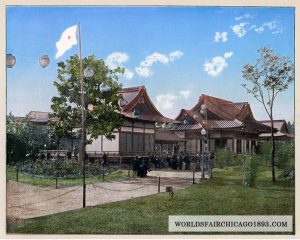
Japan made an impressive showing at the 1893 World’s Fair with their Ho-o-den on the Wooded Island, a Japanese Tea Garden
Of minor nations much interest felt in really commendable display of simple manufacturers from England, which is evidently making great progress under the present receiver. Also in a very good educational exhibit in charge of lineal descendant of Albert Edward, the last Prince of Wales.[5] The English exhibit may be found in the north gallery of the Scottish building.
Each of the 243 independent Irish kingdoms has a separate building, no two alike. The only survivals of the military establishments of the nineteenth century may be studied here, as each kingdom has sent a detachment of its standing army to protect its building from the others.
I am much interested in two discoveries I made in Japan’s exhibits from her provinces. One is some red wooden spoons from Saint Petersburg, exactly like ones my great-great-grandfather brought from the first Chicago fair, before Russia was annexed.[6] Japan always encourages the primitive arts of her colonies. The other, a collection of ancient British bones from what was formerly India.
One hears so little of France and Germany these days that it is curious to find them so well represented. They are a staid old couple, very well suited to each other, and make a very fine joint display of their stay-at-home arts.
King Rinderpest, of the Transvaal,[7] has chosen to emphasize the humane features of his government by an elaborate exhibit from his colony for the feeble-minded, located about the south pole.
The united inhabitants of the Scandinavian Peninsula, under the name of New Minnesota, have gone into the enterprise with great enthusiasm, and their display is one of the finest on the grounds. Ever since Knud Jorgensen was president, the United States has had no firmer friend than New Minnesota.
The display of New York City is curious in the extreme. It takes one back almost to the nineteenth century to see the array of printing presses, flying machines, telephones, steam engines and other devices still employed by that primitive people in their island home. Here also there is a flock of twenty or twenty-five living horses, the only ones I have ever seen. I did not know that there were so many left in America.
PERCIVAL OWEN.
Nebraska City, Neb.
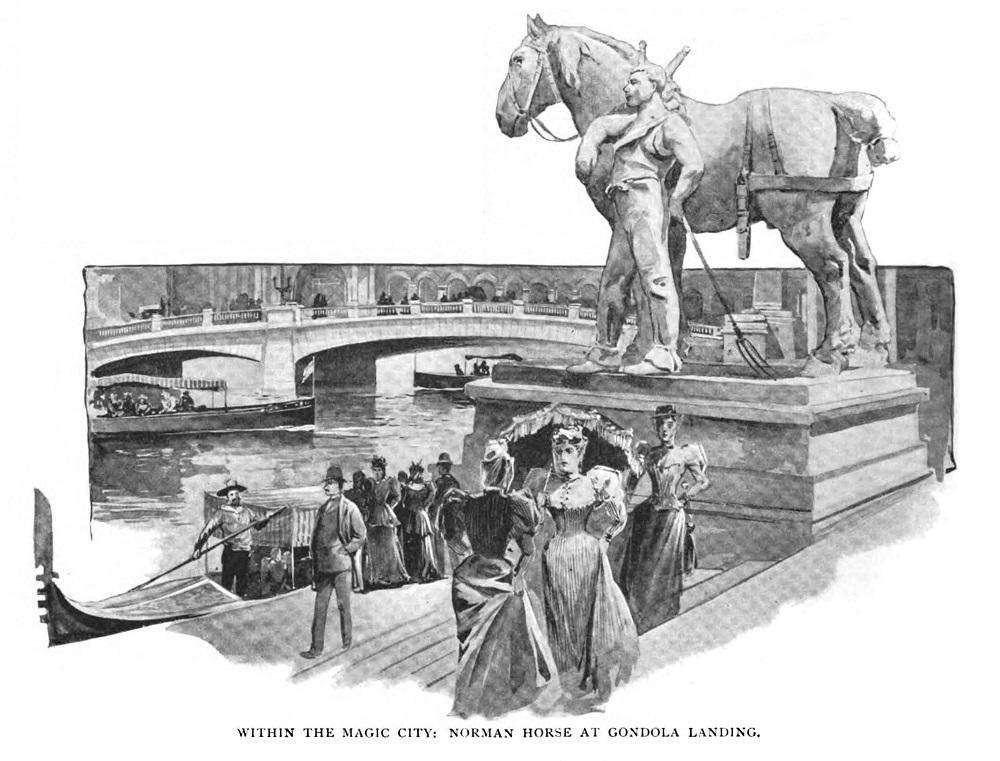
Where have all the horses gone? Both Percival Owen and Mary F. Arnold (in the Second Prize story) predicted that only a few horses survive in the year 2000. [Image from The Illustrated American August 19, 1893.]
Continue reading:
Second Prize: “Greatest of All” by Mary F. Arnold
Third Prize: “Yesterday at the Exposition [From the Times-Herald, June 27, 2000]” by L. Frank Baum COMING SOON
NOTES
[1] Rather than Ithaca, New York, it was Seville, Spain, that served as the site of the 1992 World’s Fair (known as “Seville Expo ’92”). The Bureau International des Expositions had approved a bid from Chicago to host a coincident World’s Fair in 1992, but the city later declined a third exposition.
[2] Many of the exhibition palaces of the 1893 World’s Fair, of course, were made to look like marble but actually were constructed of staff.
[3] Air can be solidified at extremely low temperatures. Solid nitrogen had been observed by 1884.
[4] Owen’s vision of “instantaneous newspapers” certainly seems to have come true by the year 2000 in the form of the internet.
[5] Albert Edward was the Prince of Wales from 1841 until he ascended the throne in 1901 as King Edward VII. Of course, he was not the last; four successors have held the title.
[6] Owen seems to be anticipating the Russo-Japanese War of 1904–05.
[7] The Transvaal Republic was an independent Boer republic in Southern Africa from 1852 until 1902, when it was annexed into the British Empire as a result of the Second Boer War.

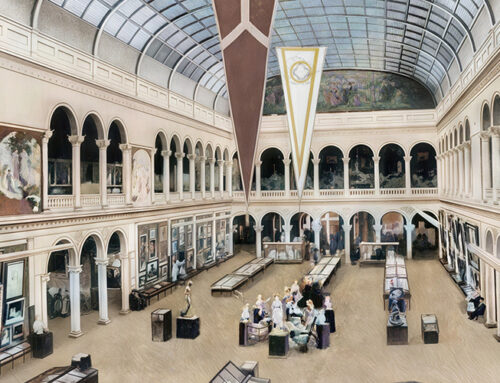
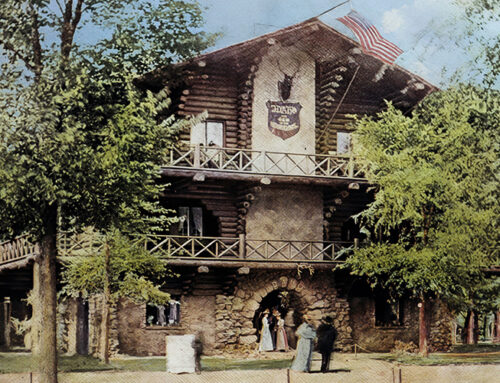
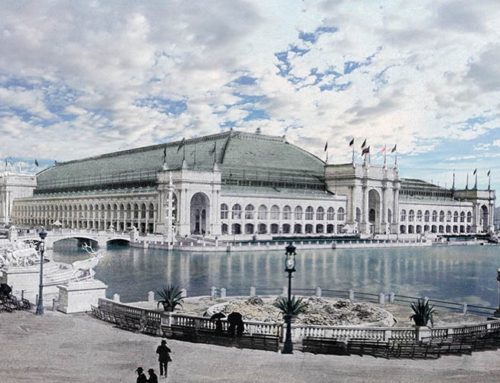
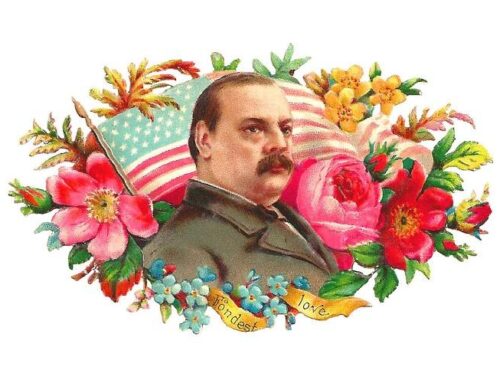
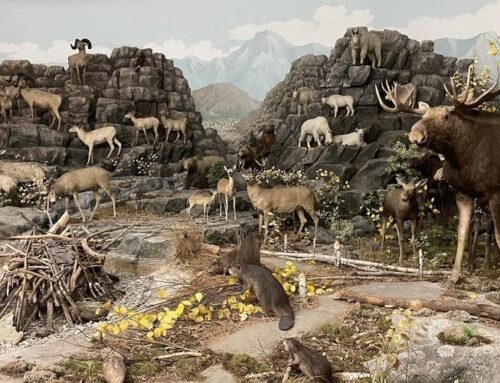
Leave A Comment